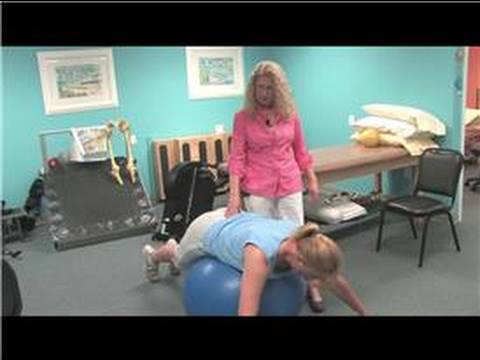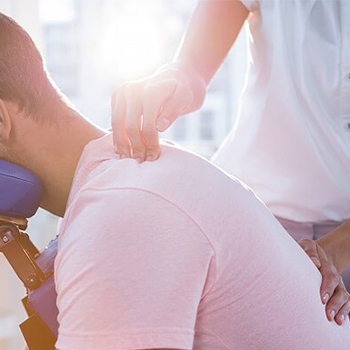Herniated Disc Therapy

A herniated hernia (also known as bulged, slipped, or ruptured), is an abnormal fragment of a disc nucleus which becomes displaced into the abdominal cavity, through a break or tear in the annular. Herniated disks are most common in the lumbar region (lower back) but can also occur in either side of the cervical spine (neck).
The location of herniated disc fragments can be painful, especially when lying down. In addition, a herniated disc often causes severe pain in one side of the patient's body. In the case of a hernia of the lower back, symptoms can also include stiffness and instability, difficulty and pain when moving around, and getting up and out of bed. When a patient develops stiffness or soreness in the neck or head, the condition may worsen.
Hernias can be divided into four different categories based on their location: a sliding hernia occurs when a disc bulges from one side of a vertebra to the other, and a ruptured hernia occurs when the inside of the hernia is torn or torn. shell. A herniated disc is a protrusion of a portion of fluid-filled tissue in a vertebral body. The soft tissue is called the annulus and contains nerve endings. An external hernia can sometimes cause serious damage to a person's nerves.
Typically, the inner and outer discs are cushioned in the annular space by a semi-permeable layer of liquid
Any pressure applied to the inner disc, such as squeezing a muscle, can push that layer to the surface and cause a hernia. The hernia can move into the intervertebral space, the space between the vertebrae.
Herniated disc symptoms vary from one patient to another. Some may experience numbness or tingling in one or both arms or legs, while some may not feel anything. Some patients may experience pain while sitting, standing or sleeping while others may feel no pain at all.
There are several treatment methods available to alleviate herniated disc symptoms. For instance, a physical therapist, chiropractor or physical therapist can use traction to help bring relief to the patient's back and spinal column. A brace, heat or ice pack can also be used to treat some symptoms of herniated discs. In more severe cases, surgery or injections may be recommended. Medication, physical therapy or chiropractic adjustments can also be used.

Herniation treatment options are usually limited to relieving pain and stiffness, depending on the type of herniated condition and the type of hernia
The patient may be prescribed pain relievers to relieve the pain. In severe cases, a patient may need to rest for several weeks or months.
If the patient still has pain despite the treatments, disc therapy can help with the healing process. A procedure known as herniesthetic injection will block pain signals sent from the brain to the pain receptors in the spinal cord. Injections are usually done one to three times per week for about two to four hours at a time. This is known as an epidural steroid injection.
Injections are not an option for all herniated disc patients but disc therapy can be a very effective way to relieve the pain. It helps in the regrowth of the spine and reduces swelling, allowing patients to walk or move without a great deal of pain. In some cases, the procedure may be used in conjunction with the treatment for a more complete result.
Herniated disc therapy can also be performed on a minimally invasive basis using a laser or microdiscectomy (sclerotherapy). A procedure known as endovenous laser ablation or endovenous photocoagulation is done under general anesthesia. to remove the herniated disc through a tiny hole in the area where it is located. By destroying the damaged nerves, it causes scarring, which is a sign that the damaged discs are healing.
A patient who has opted for surgery or injections can benefit from disc therapy to ease the pain and stiffness caused by herniated discs. A herniated disc can sometimes be treated completely with physical therapy and exercise. It is often combined with physiotherapy to help rehabilitate the injured part of the body.
With disc therapy, patients are given instructions to strengthen the muscles in their abdominals to avoid further damage to the spinal cord. Physical activity is also recommended to help restore the mobility of the bones and joints to normal levels.

